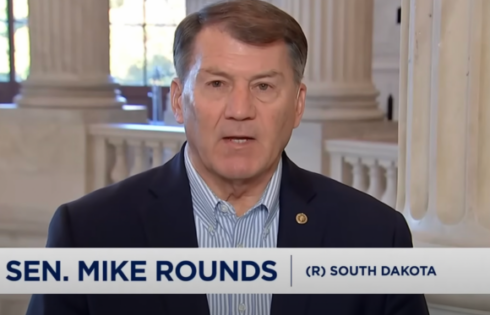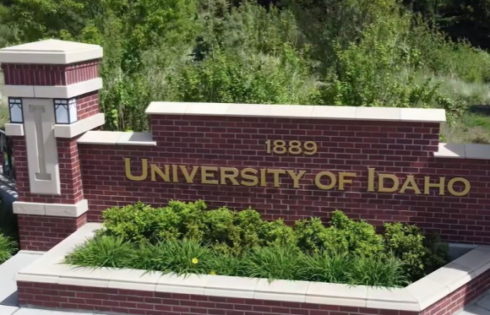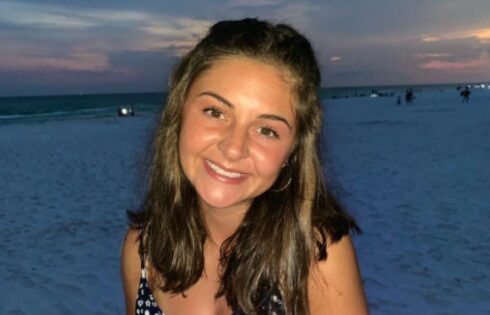
Affordable Care Act promoters are visiting public universities across the state of California, and recently they stopped by San Diego State University, where the 60 or so students who attended their forum learned some interesting facts and advice about health care and Obamacare, some of which they weren’t too pleased to discover.
Here’s what went down:
1. If students make a low enough amount of money, the representatives said they would prefer – and in fact encouraged – enrollment in Medi-Cal as opposed to paying for a private plan. Otherwise one cannot qualify for subsidies. And what a tragedy that would be, to have to actually pay for something.
2. And it turns out, they do have to pay for some things. Students will now have to pay insurance fees in addition to the health center fees tacked onto most college’s student fees. So much for the Affordable Care Act relieving students’ financial strain.
3. The determinant of what sort of plan you qualify for is all based on income (not silly things like age, sex or preexisting conditions). For students struggling to pay for college, they learned that financial aid counts as part of income. So getting the money to help pay for college can ultimately determine that a student does not qualify for as many subsidies, so must bear the burden of health insurance independently. That visibly upset a few people in the room.
4. People may only change their insurance plan once a year. Under the current system, a person with a private plan can switch their insurance every month if they are so inclined. But under the new law, except for this year when the enrollment period is extended, people can only get insurance in the seven-week enrollment period. Which means if someone neglects to get insurance, they go without it for a year (which seems to fly in the face of the intended purpose of the law, which was to insure every single American.)
The knowledge they would not necessarily be able to have the same doctor, and that there would be a penalty for not buying insurance, was news (and not the welcome kind) to many students.
Students also appeared to be distressed to learn that there would be a cost of this panacea government-subsidized health care in the form of copays. Some said they were under the impression that everything would be “covered” (exactly where they imagine this money to cover everything is coming from, I do not know.)
The presentation was rather misleading, also. It did seem, from the way the information was presented, that there would be no copays. Even the women giving the information admitted the slides were a bit misleading. In fact, if nobody had asked a question to clarify, they probably would have allowed everyone to leave without explaining how the new socialized health care system is really structured.
Going in, I was not sure what to expect. I only knew from the email that had been sent out to all students from the Vice President for Student Affairs that this forum would teach me how I might become a burden on the state – oops, I mean, eligible for Medi-Cal.
I went for reasons other than to learn what kindly options Big Brother has made available to me.
In the end, witnessing the education of students about a government program seemed vaguely reminiscent of a scene out of 1984 or of the Hitler Youth. Not to imply that Obama is like Hitler or any dictator at all. But, can I help it that such government overreach brings to mind other government abuses of power?
Fix contributor Emily Yavitch is a student at San Diego State University.
Click here to Like The College Fix on Facebook / Twitter: @CollegeFix
IMAGE: Generation Opportunity




Please join the conversation about our stories on Facebook, Twitter, Instagram, Reddit, MeWe, Rumble, Gab, Minds and Gettr.